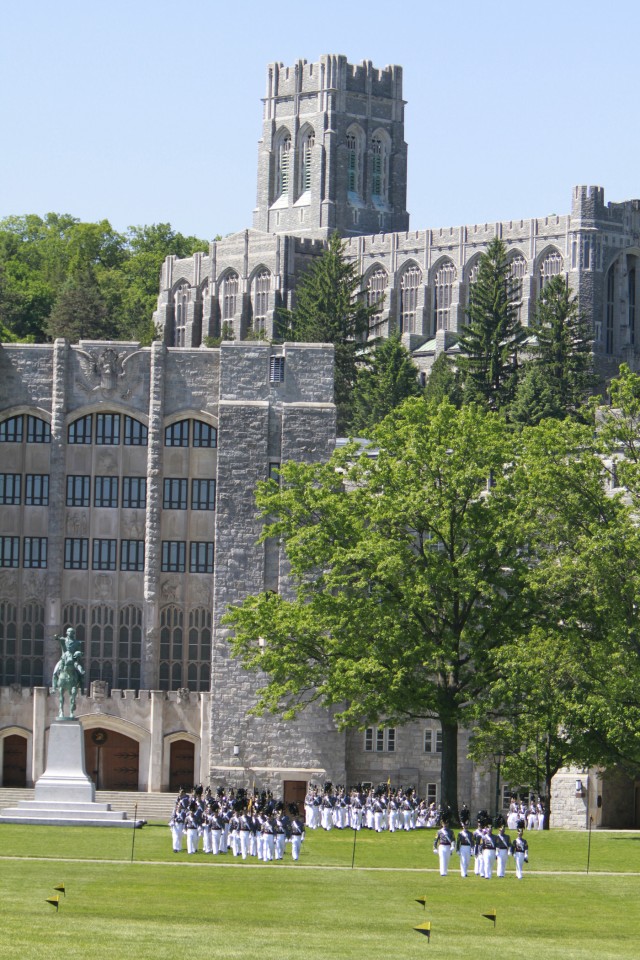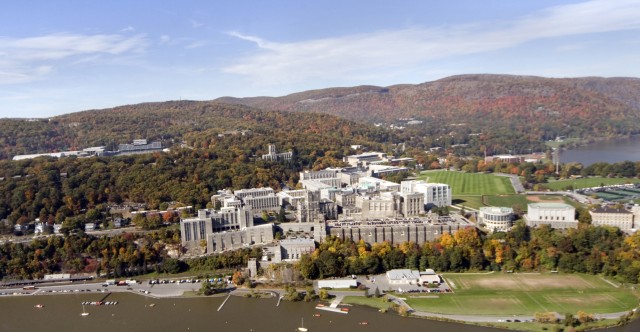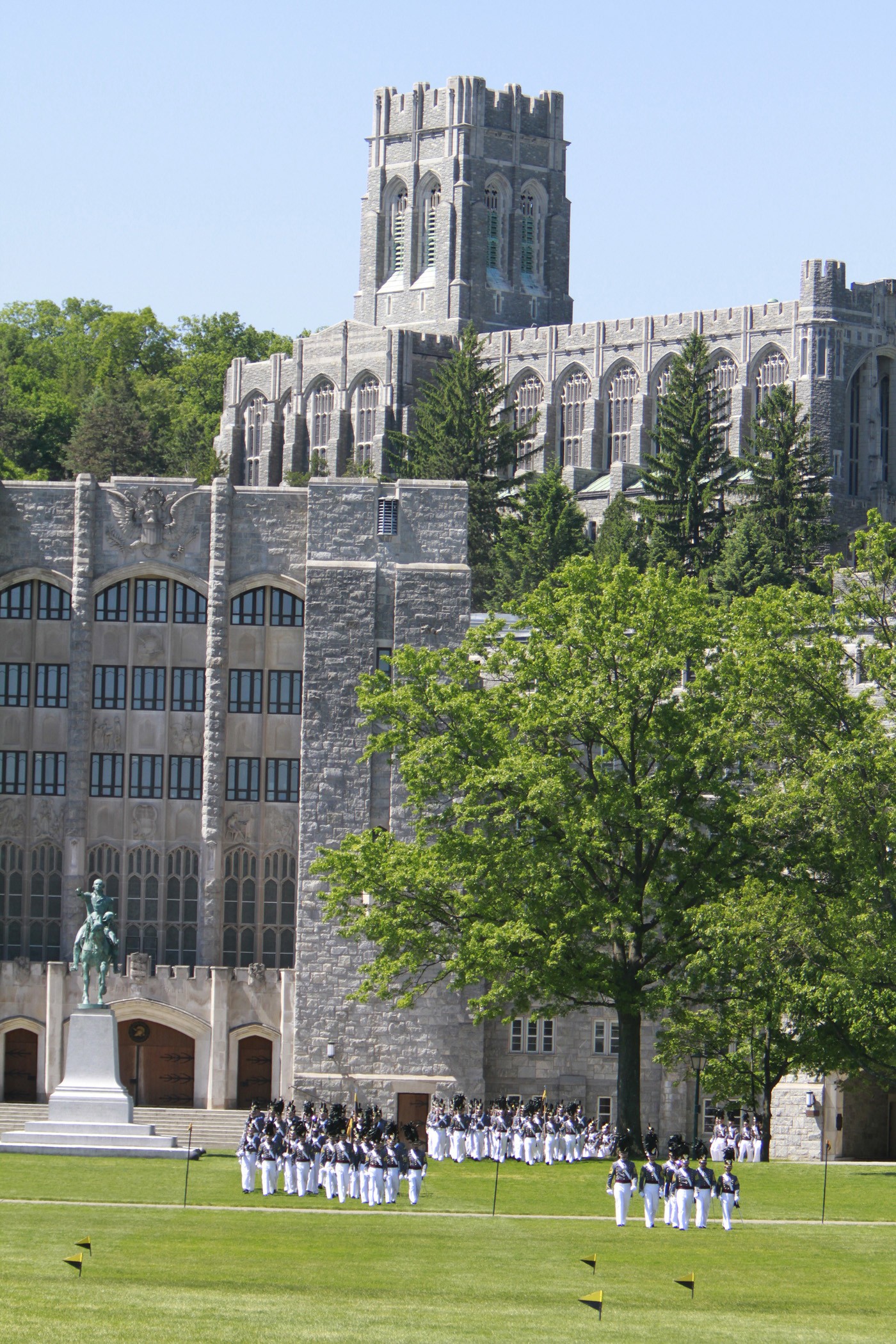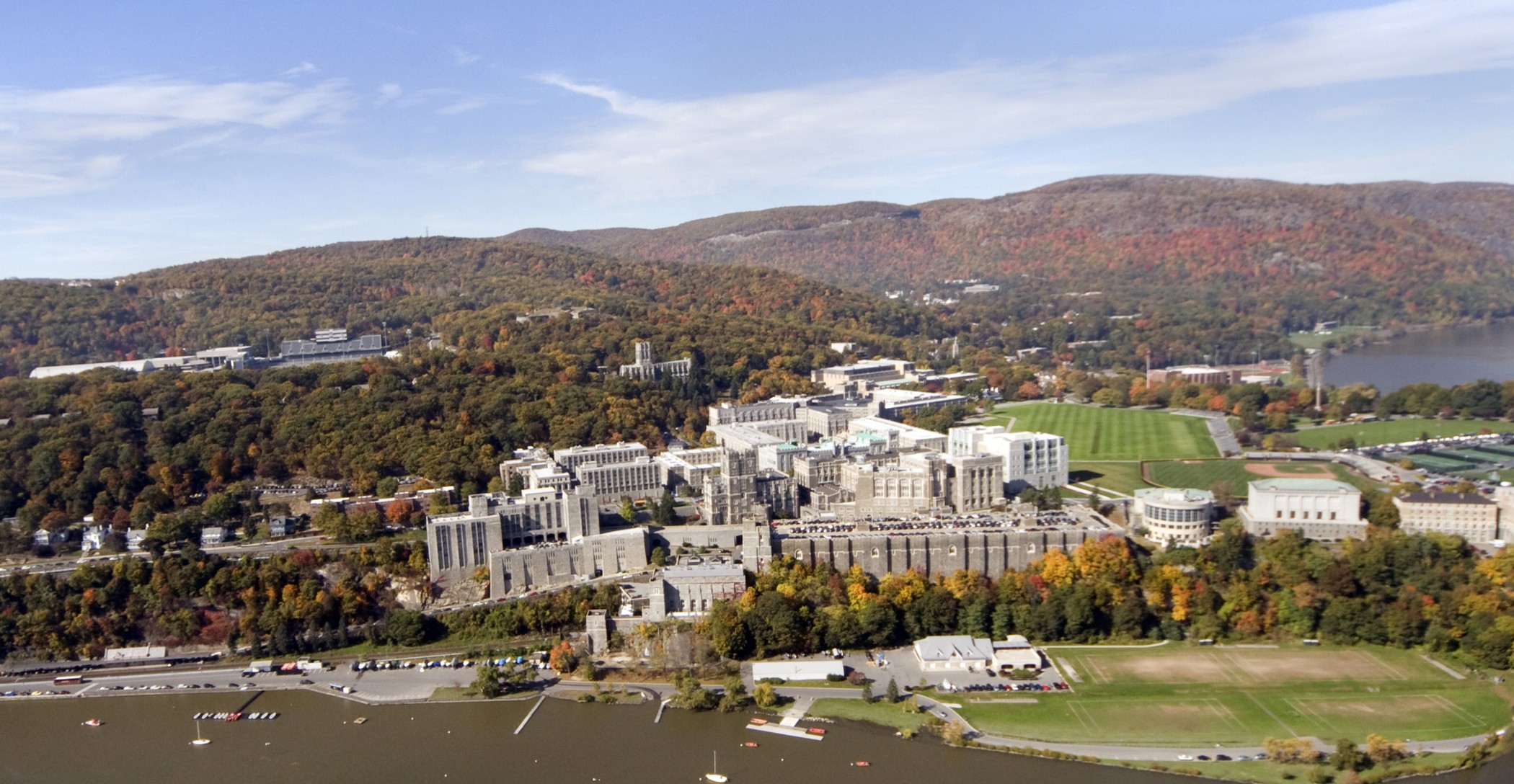WEST POINT, N.Y. (July 16, 2010) -- Lt. Gen. Buster Hagenbeck relinquished command as superintendent of the U.S. Military Academy today to Lt. Gen. David H. Huntoon Jr. and he said there is no one better to guide West Point forward during this era of persistent conflict.
"I consider having the opportunity to lead West Point as the capstone assignment of my career -- one for which I'll be forever grateful," Hagenbeck said. "Lieutenant General Huntoon is absolutely the right person to lead our exceptional staff and faculty to accomplish West Point's critical mission and ensure the academy continues to meet the needs of our Army and nation in the future."
Speaking about outgoing Superintendent Lt. Gen. Buster Hagenbeck at the U.S. Military Academy change of command ceremony, Army Chief of Staff Gen. George W. Casey Jr. quoted Gen. Maxwell Taylor, a former USMA superintendent and Army Chief of Staff on officership, Aca,!A"the badge of rank which an officer wears on his coat is really a symbol of servitude -- servitude to his men. He (Lt. Gen. Hagenbeck) instilled that spirit in the Corps."
Huntoon, a Class of 1973 graduate, returns to West Point after serving as director of the Army Staff at the Pentagon. He has commanded at every level from company through regiment, served as deputy director of plans with the 18th Airborne Corps at Fort Bragg, N.C., and commandant of the Army War College.
West Point has long been the academic stomping grounds of many future military leaders from Gen. Douglas MacArthur to Gen. Norman Schwarzkopf and presidents such as Ulysses S. Grant and Dwight D. Eisenhower. Likewise, when Huntoon graduated from West Point, the rising class of senior cadets included Gen. David Petraeus (Class of 1974), now commander of U.S. forces in Afghanistan, while the newest crop of cadets to enter as the Class of 1976 included Gen. Ray Odierno, commanding general of U.S. Joint Forces Command.
Huntoon now commands the efforts of the faculty and staff to continually assess and improve the Cadet Leader Development System. This training methodology provides for sequential and progressive development in three complementary programs -- academic, military and physical -- in a moral-ethical environment that promotes exemplary character, according to academy officials.
Thirty years since first commissioning women in 1980 as part of the graduating class, West Point remains a vehicle for positive change within the Army. While the life of a cadet is demanding, West Point has one of the most robust extracurricular activity programs in the nation. The Princeton Review ranked West Point third in the nation in the category "More to Do on Campus." On-campus facilities include a ski slope, skating rink, and golf course. Clubs include DJ club, orienteering, rock climbing, and Big Brother-Big Sister.
Ranked the "Top College in the Country" by Forbes in 2009 and "Top Public Liberal Arts College" by US News & World Report, the U.S. Military Academy at West Point is a four-year co-educational federal undergraduate liberal arts college located 50 miles north of New York City. President Thomas Jefferson signed legislation in 1802, establishing the U.S. Military Academy as the world's pre-eminent leader development institution and America's first college of engineering.
Col. Sylvanus Thayer, the "father of the military academy," served as superintendent from l8l7-l833. He upgraded academic standards, instilled military discipline and emphasized honorable conduct. Aware of the young nation's need for engineers, Thayer made civil engineering the foundation of the curriculum.
In the academy's first half century, West Point graduates were responsible for the construction of the bulk of the nation's initial railway lines, bridges, harbors and roads. West Point contributes not only 20 to 25 percent of the Army's incoming commissioned officers, but 40 to 50 percent of the Army's incoming officers with engineering degrees.
The academy's mission remains constant - to educate, train, and inspire the Corps of Cadets so that each graduate is a commissioned leader of character committed to the values of duty, honor, country, and prepared for a career of professional excellence and service to the nation as an officer in the United States Army. Each class contains 170 slots for enlisted Soldiers from the active-duty Army, National Guard and Army Reserve ranks. West Point is also home of the Combating Terrorism Center and the Army Center of Excellence for the Professional Military Ethic.
(Mike Strasser is assistant editor of the Pointer View newspaper at West Point.)
Related Links:
STAND-TO! edition, July 19: The U.S. Military Academy at West Point




Social Sharing